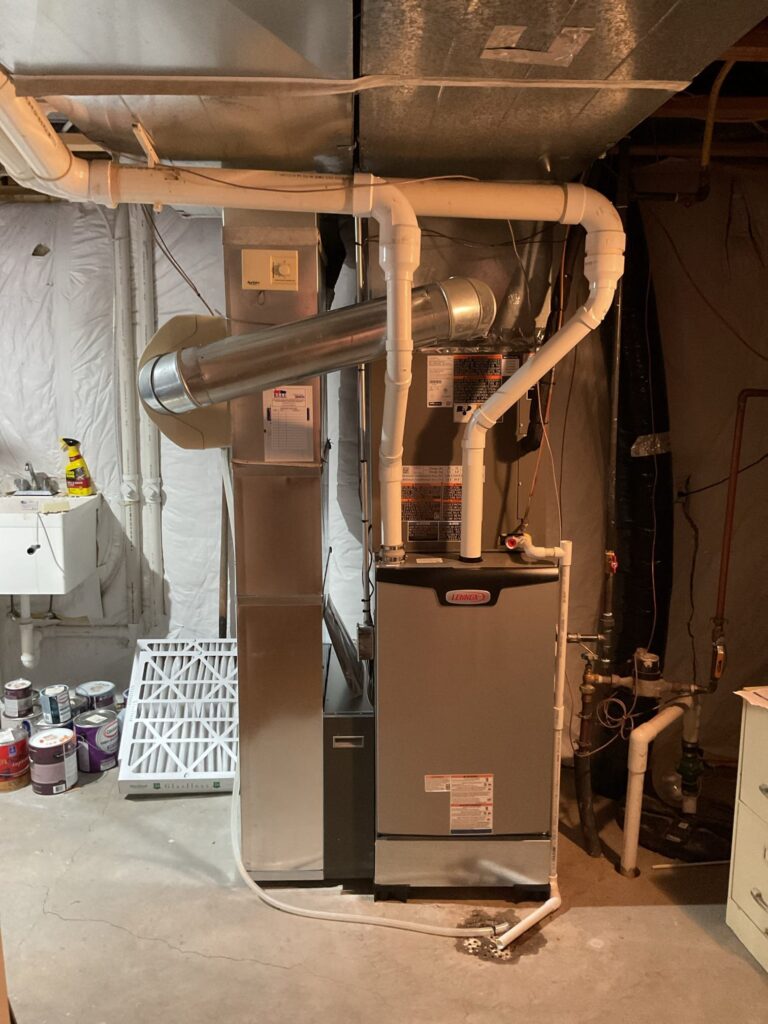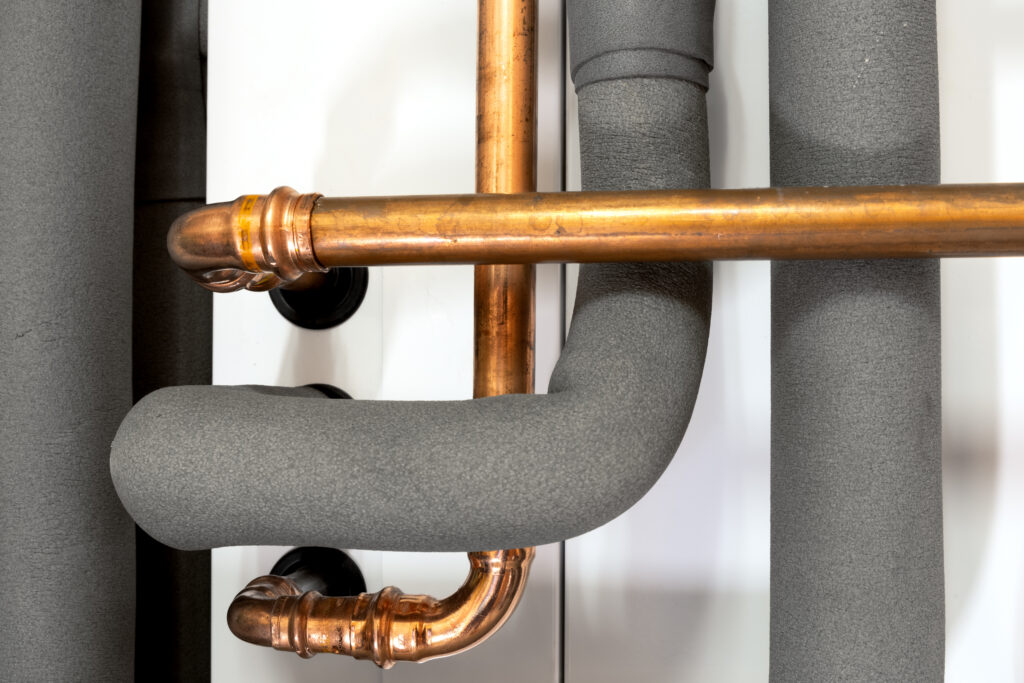

Blog
There’s more to radiant heat than warm bathroom floors
Updated: August 10th, 2022
Have you ever stayed at a hotel or house where the bathroom has a heated floor? It’s kind of like stepping into a spa, and more people are starting to bring that element of relaxation into their own homes. A temperature control technique called radiant heating is delivering that zen feeling to houses all across the country. Before you bring this spa feature into your Central Iowa home, there are some things to know about radiant heating.
What is radiant heat and how does it work?
Radiant heat is heat that’s transferred, or radiated, from one surface to another. Radiant heat has been around for decades in the United States and has been popular for hundreds of years in Europe.
Many people believe that radiant heat is the most comfortable because it eliminates the cycle of air blasting on and off. Newer furnace units with variable-speed technology actually mimic radiant heat in that they work to minimize the air blasting movement of traditional forced air systems.
What are the benefits of radiant heat?
There are benefits of radiant heating that are difficult to deny:
- It can be more efficient than forced-air systems when you account for duct losses.
- Support better indoor air quality for people with allergies.
- Can provide better temperature control in rooms that aren’t frequently used.
One of the main disadvantages of radiant heating is the cost, especially if you’re installing it into an existing home. One way to keep the costs more affordable is to only install it in one or two rooms in your home, for example your bathroom.
How radiant heat can be used throughout your home
Radiant heat comes in many forms. If you’re building a customized new home or remodeling, there are many applications you can consider.
In-floor radiant heating
We see a lot of people including in-floor heat in new construction homes and when taking on a remodeling project. Bathrooms and basements are the most common places it is installed. If you are installing in-floor heat, you should do so during the construction phase of a home before concrete work is done.
Radiant heated baseboards
While most new construction homes won’t opt to include baseboard heat, it is still common in larger apartment complexes.
Radiant heat ceiling panels
In this heating technique, panels radiate heat down to warm the whole space below. This is more common in commercial applications, but it is also used in residential applications.
Radiant heat boiler
Believe it or not, boilers are considered radiant heat. Older models of boilers were 70 to 80 percent efficient. Some new boilers are now 95 percent efficient — meaning you can achieve roughly the same efficiency level as a forced air system when it comes to heating.
Radiant heated driveway
Tubing can be placed underneath driveways and sidewalks along with a moisture sensor and slab sensor. If the sensor detects moisture on the slab and it’s below a certain temperature outside, the system comes on to melt the snow or ice and then dry the concrete. No more shoveling in the freezing cold!
While infloor heat is very comfortable and efficient, it’s not for every room or every customer. There are conditions which must be taken into account before installing in-floor heat. A professional heating contractor will give you advice based on your particular application.








